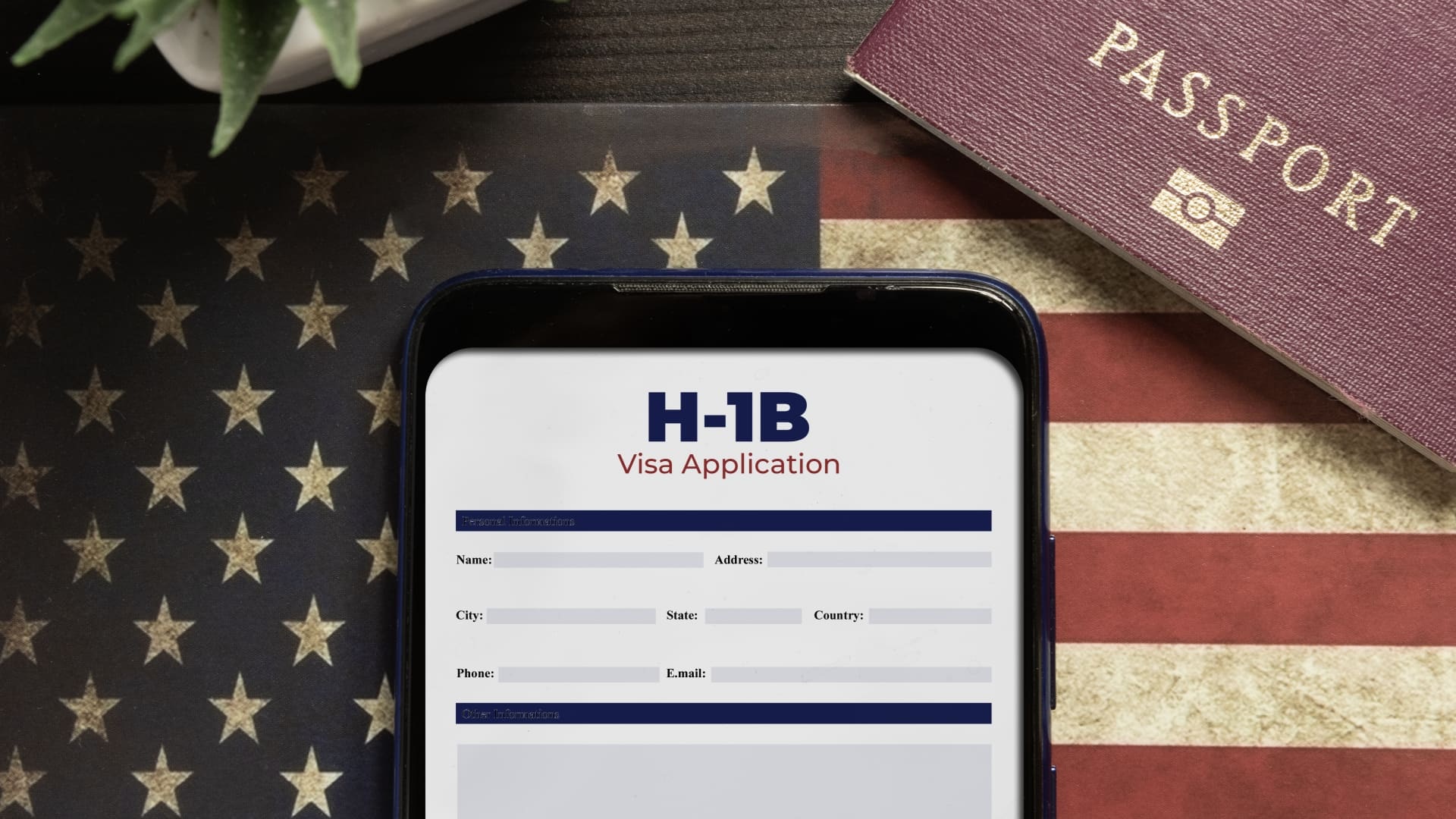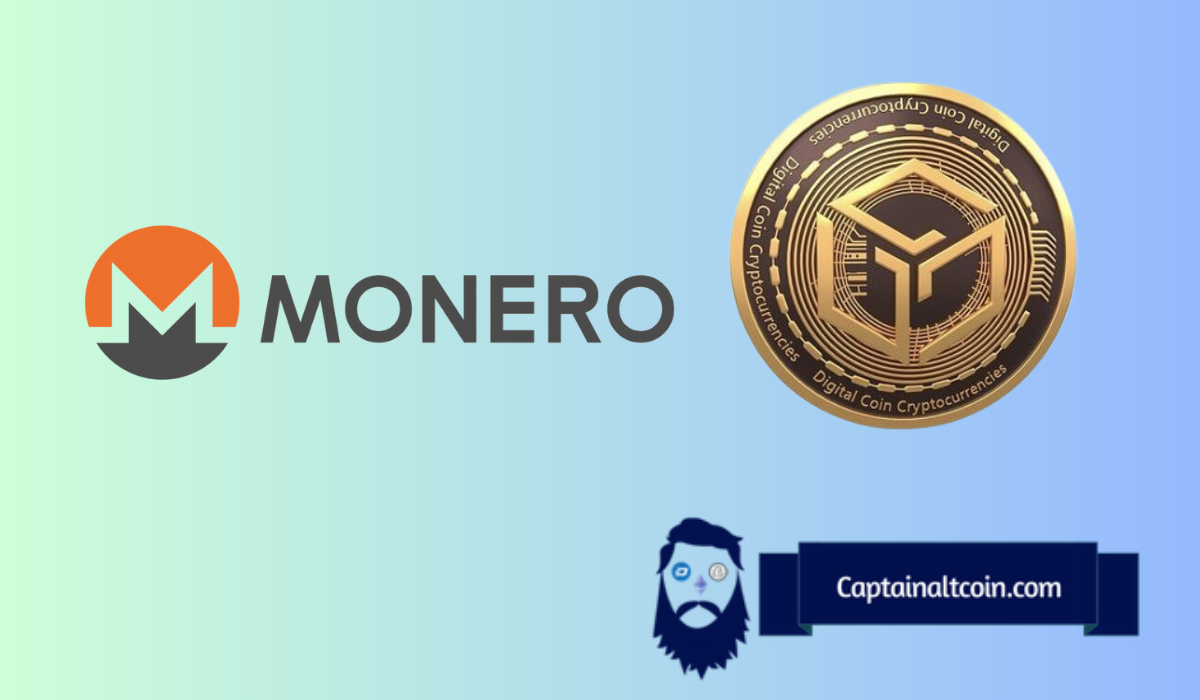Trump’s $100,000 H-1B Fee Pits Startups Against Big Tech: What the Policy Should Be, According to Box CEO


President Donald Trump’s newly proposed $100,000 fee for each H-1B visa has reignited debates in tech about how to balance protecting American labor with maintaining access to global talent.
The measure has drawn sharp criticism across the industry, with founders warning it risks tilting the hiring battlefield toward Big Tech giants at the expense of startups.
On a recent episode of the “A16z Podcast,” Box CEO and cofounder Aaron Levie joined three Andreessen Horowitz partners to sketch out what an industry-designed policy might look like. The policy, they argued, should prioritize clarity of purpose, the highest merit, rising wages, protection of industries, inclusion of junior talent, and affordability—especially for startups.
Register for Tekedia Mini-MBA edition 18 (Sep 15 – Dec 6, 2025) today for early bird discounts. Do annual for access to Blucera.com.
Tekedia AI in Business Masterclass opens registrations.
Join Tekedia Capital Syndicate and co-invest in great global startups.
Register for Tekedia AI Lab: From Technical Design to Deployment.
Levie said the first step would be clarity. “What are we optimizing for?” he asked. “Are we optimizing for, we don’t want to have wages go down? Are we optimizing for just ensuring that we only have the highest merit people on the planet coming here? Those are all totally different goals.”
His own answer was unambiguous: the system should be optimized to attract “the absolute best in the world.” Unlike today’s capped lottery system, Levie argued there shouldn’t be a fixed number of visas granted each year.
“Some years there might be 5,000, some years there might be 50,000, some years there might be 80,000,” he said.

The debate over access to H-1B visas has long split policymakers and industry. Critics charge that the program suppresses wages and displaces American workers. Data from the Department of Labor shows that 30% of H-1B workers earn $100,000 or less annually, while 10% make over $200,000. Levie said the program should flip that narrative.
“We probably want them to be net positive to wages,” he said. “Let’s agree that, in any given industry or locale, wages should go up with this talent pool as opposed to down.”
He also cautioned against allowing employers to “exploit the talent pools” in ways that could devastate entire industries, citing Detroit IT jobs as an example. At the same time, Levie rejected the idea that only elite, world-class specialists deserve entry. He pointed to a state university graduate who becomes an AI engineer — not commanding a $100 million Meta contract, but still an essential contributor.

“It’s all positive sum,” he said. “It makes us more competitive.”
The sticking point for startups remains cost. Trump’s $100,000 fee, which applies annually, would force early-stage companies to choose between talent and survival. “Startups would be directly impacted,” Levie warned, saying the policy could drive international hires straight into the arms of Google, Meta, or Amazon, which can absorb the expense.
Andreessen Horowitz partner Martin Casado added that Khosla Ventures’ Keith Rabois had floated a more measured approach: a $20,000 fee per worker. Levie endorsed the idea.
“There’s a way to do that without overly putting constraints in the system that make it so a startup wouldn’t be able to economically viably participate,” he said.
A Long History of Shifting U.S. Visa Policy
Trump’s six-figure fee marks one of the sharpest departures in recent years, but it is not the first time H-1B reform has exposed tensions between worker protections and tech’s demand for global talent. In 1998, under President Bill Clinton, Congress raised the annual H-1B cap temporarily from 65,000 to 115,000 to address the dot-com boom’s labor shortages. Later, under President George W. Bush, the cap was pushed even higher, to 195,000 in 2001, before being reduced again.
In contrast, President Barack Obama resisted major changes but emphasized enforcement, pushing for audits of outsourcing firms that critics said were misusing the program to undercut wages. More recently, under President Joe Biden, the focus shifted toward “modernizing” the visa program to align with emerging fields like AI and quantum computing, while maintaining pathways for high-skilled immigrants.
Trump’s $100,000 fee sits in sharp contrast to those earlier approaches. Rather than expanding supply or tightening enforcement, it effectively raises a financial barrier to entry. Where Clinton and Bush sought to open the gates during boom times, and Biden emphasized alignment with national priorities, Trump’s measure reflects a protectionist view — discouraging reliance on foreign workers by pricing them out of startups’ reach.
That sets up a familiar clash for Silicon Valley: the desire to recruit globally without restriction versus policymakers’ perennial concern that such openness harms domestic workers. As Levie and the A16z partners framed it, the danger this time is not just wage suppression or displacement, but the potential risks of innovation being throttled when only the largest corporations can compete in the global talent wars.





